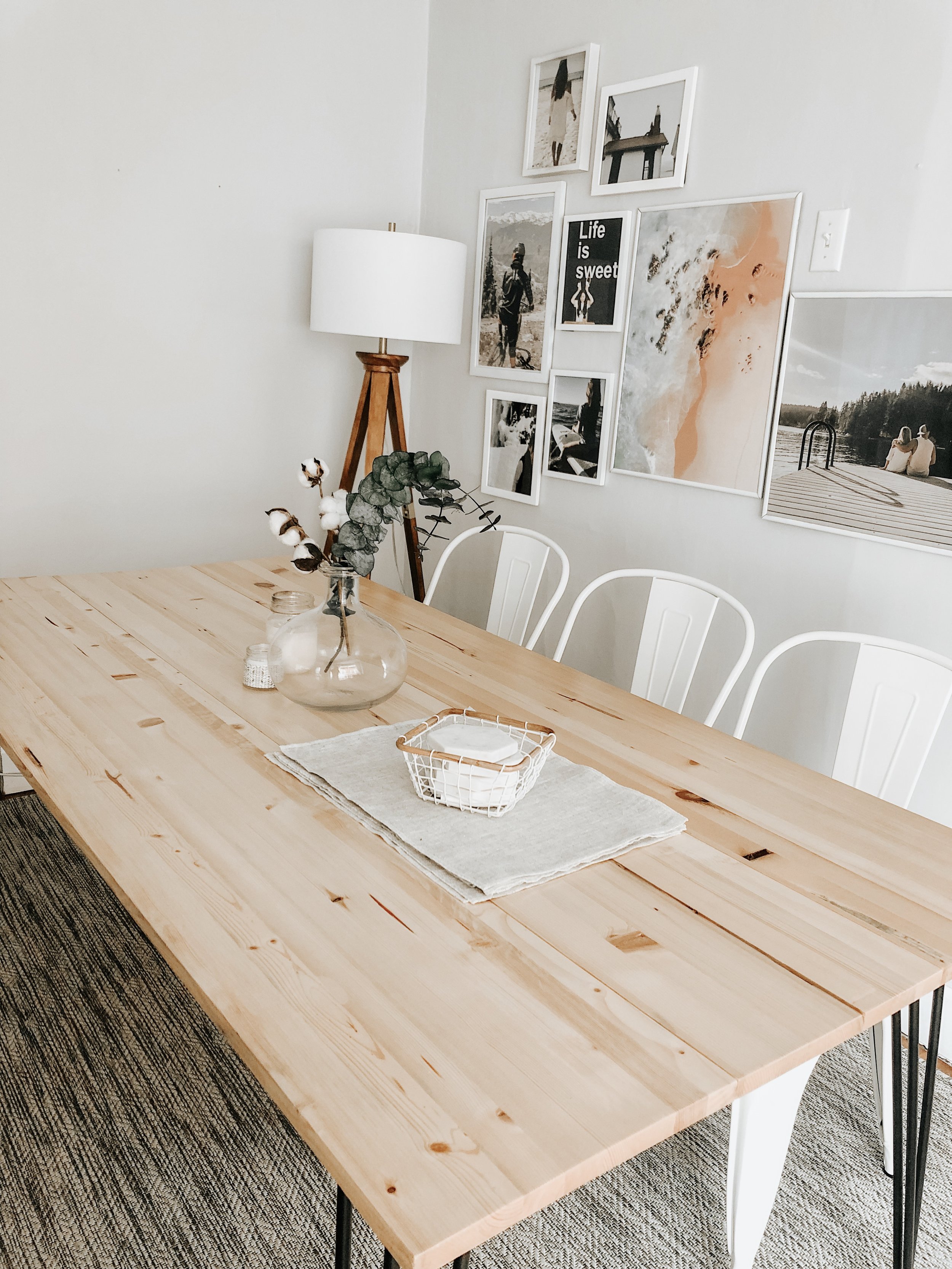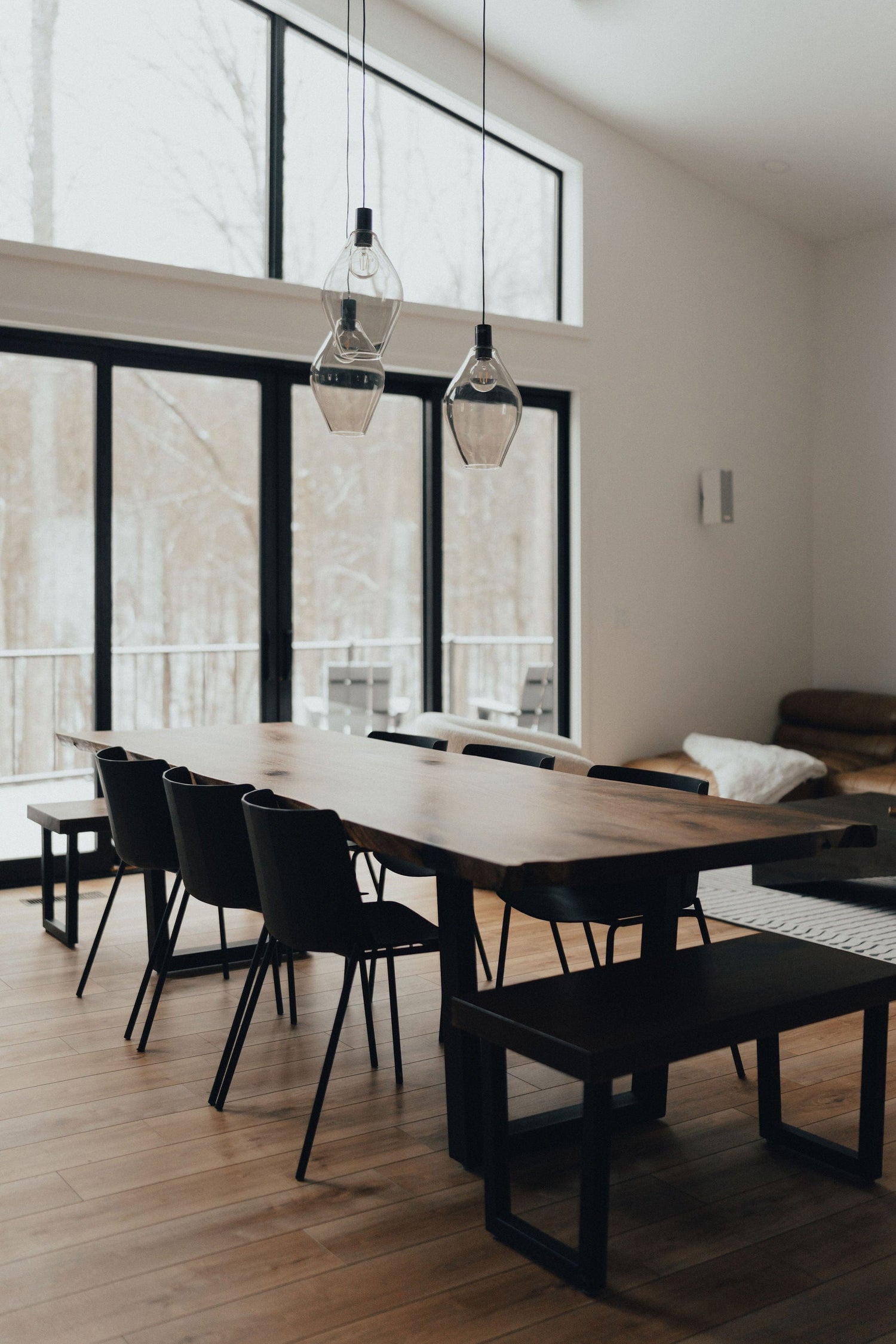From Standard to Modern: Locate the Suitable Dining Area Table Legs for Your Design
The option of dining area table legs plays a critical role in specifying the overall personality of your space, linking the gap in between conventional workmanship and modern aesthetics. While timeless styles such as cabriole and transformed legs evoke a feeling of timeless class, contemporary styles like barrette and geometric options offer an opportunity for striking aesthetic interest. Reviewing the right equilibrium in between these styles needs a nuanced understanding of your existing décor and individual preference. As you think about these components, the question stays: just how can you seamlessly integrate these varied leg designs to create a harmonious eating experience?
Recognizing Table Leg Styles
The selection of eating area table leg designs can substantially affect both the aesthetics and functionality of the space. Each leg design contributes one-of-a-kind functional functions and visual elements, accommodating varied style preferences and usage needs. Recognizing these designs is vital for choosing the best table that aligns with your total indoor style vision.
For instance, conical legs offer a tidy, traditional appearance that can boost a space's beauty, while pedestal bases give security and make best use of legroom, making them excellent for smaller rooms. Barrette legs, a trademark of mid-century modern layout, introduce a commercial style, enabling a ventilated, open feel. Similarly, trestle legs stimulate rustic appeal, giving durable support and a feeling of timelessness.
In addition, the option of products plays a considerable role. Wood legs can bring warmth and structure, whereas steel choices often share a sleek, modern vibe. Inevitably, understanding table leg designs is important for developing a cohesive dining location that reflects individual style while making sure practicality and comfort. By attentively considering these aspects, you can enhance both the visual and practical allure of your eating space.
Typical Table Leg Options
When picking dining space table legs, standard alternatives frequently symbolize classic style and craftsmanship. These layouts mirror a rich heritage and a commitment to quality, making them suitable for those that value timeless visual appeals.
One of the most renowned standard leg styles is the cabriole leg, defined by its stylish rounded form. This layout frequently features decorative carvings and is most commonly found in Queen Anne and Chippendale furnishings. An additional popular option is the transformed leg, which flaunts a collection of smooth, rounded forms that give a timeless appearance while preserving stability.
Moreover, the straight leg, while basic, supplies a basic and durable structure that can mix flawlessly with a selection of tabletop designs. For those drawn to ornate detailing, claw-and-ball feet legs stimulate a feeling of splendour and can serve as a stunning centerpiece in any kind of dining space.
Last but not least, stand bases, although not strictly legs, provide a different standard choice that permits enough legroom and can be perfectly carved. Each of these traditional leg designs contributes to the general atmosphere of a dining-room, marrying feature with aesthetic appeal.

Modern Table Leg Layouts
Modern table leg styles offer a varied range of designs that emphasize tidy lines and innovative products. These styles commonly prioritize capability while working as striking prime focus within an eating area. Minimal visual appeals are widespread, with legs crafted from materials such as steel, glass, and crafted wood, which add to a modern and ventilated feel.
One prominent layout is the hairpin leg, defined by its slim, tapered structure that gives stability without overwhelming the table top (dining room table legs). This design is frequently discovered in mid-century modern-day furniture and can effortlessly match numerous table forms. One more pattern is the usage of geometric shapes, where legs may take on angular or unbalanced kinds, adding visual rate of interest and a touch of virtuosity

Mixing Styles for Unique Rooms
Often, homeowners look for to produce distinct dining rooms that mirror their personal style by mixing numerous style aspects. This technique enables the incorporation of varied aesthetics, causing an unified yet distinctive setting. As an example, matching a rustic wood table with streamlined, contemporary steel legs can produce a distinctive contrast that elevates the space's overall appeal.
Furthermore, incorporating vintage table legs with contemporary table tops can evoke a feeling of background while preserving a modern-day sensibility. Such mixes not only display her latest blog individual preference but learn this here now likewise encourage imagination, permitting house owners to curate a space that feels both individual and inviting.
Color plays an essential function in this mixing process; choosing table legs that complement or contrast with the existing color pattern can improve aesthetic interest. For example, whitewashed legs can soften the daring of a dark table surface area, creating a well balanced visual.
Tips for Picking the Right Legs
Selecting the right table legs is crucial for achieving both performance and visual appeal in your dining area. Begin by taking into consideration the overall style of your area. Typical settings benefit from legs that feature complex makings or transformed designs, while contemporary areas might ask for streamlined, minimal styles.
Next, evaluate the height and security of the legs. dining room table legs. Typical eating tables range between 28 to 30 inches in height, so guarantee the legs match this dimension for convenience. In addition, durable products, such as wood or steel, can enhance stability and durability
Examine the leg form too-- options include directly, tapered, or stand designs. Straight legs provide a traditional look, while tapered legs can add a touch of beauty. Pedestal bases supply adequate legroom and are suitable for smaller sized spaces.
Conclusion
In summary, selecting the ideal dining area table legs calls for mindful factor to consider of both standard and contemporary styles. Typical alternatives such as cabriole and transformed legs provide timeless elegance, while modern-day layouts like hairpin and geometric shapes provide a modern touch. By balancing leg style, elevation, and product with the general decor, a natural and inviting atmosphere can be achieved. Eventually, the chosen table legs must reflect the desired visual, improving the dining experience within the room.
The variety of eating room table leg designs can considerably affect both the appearances and performance of official source the room. Eventually, recognizing table leg styles is essential for producing a natural dining location that reflects personal design while ensuring functionality and convenience.One of the most famous traditional leg styles is the cabriole leg, identified by its graceful rounded form. Straight legs offer a traditional look, while conical legs can include a touch of beauty.In recap, picking the optimal eating room table legs requires cautious factor to consider of both conventional and contemporary designs.